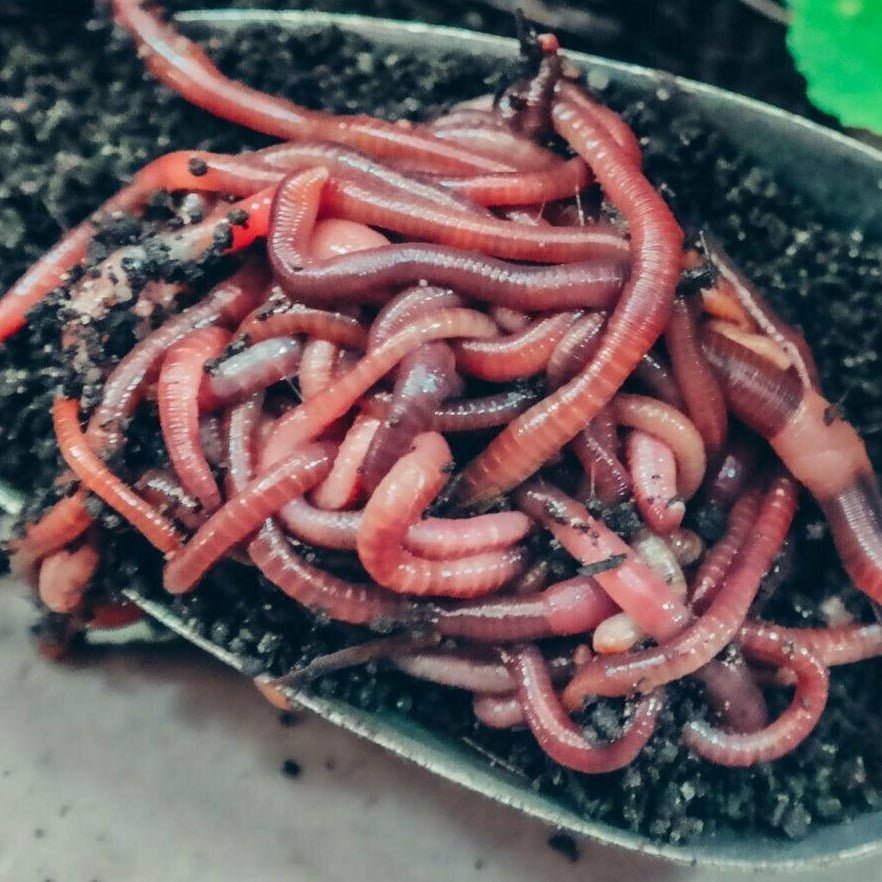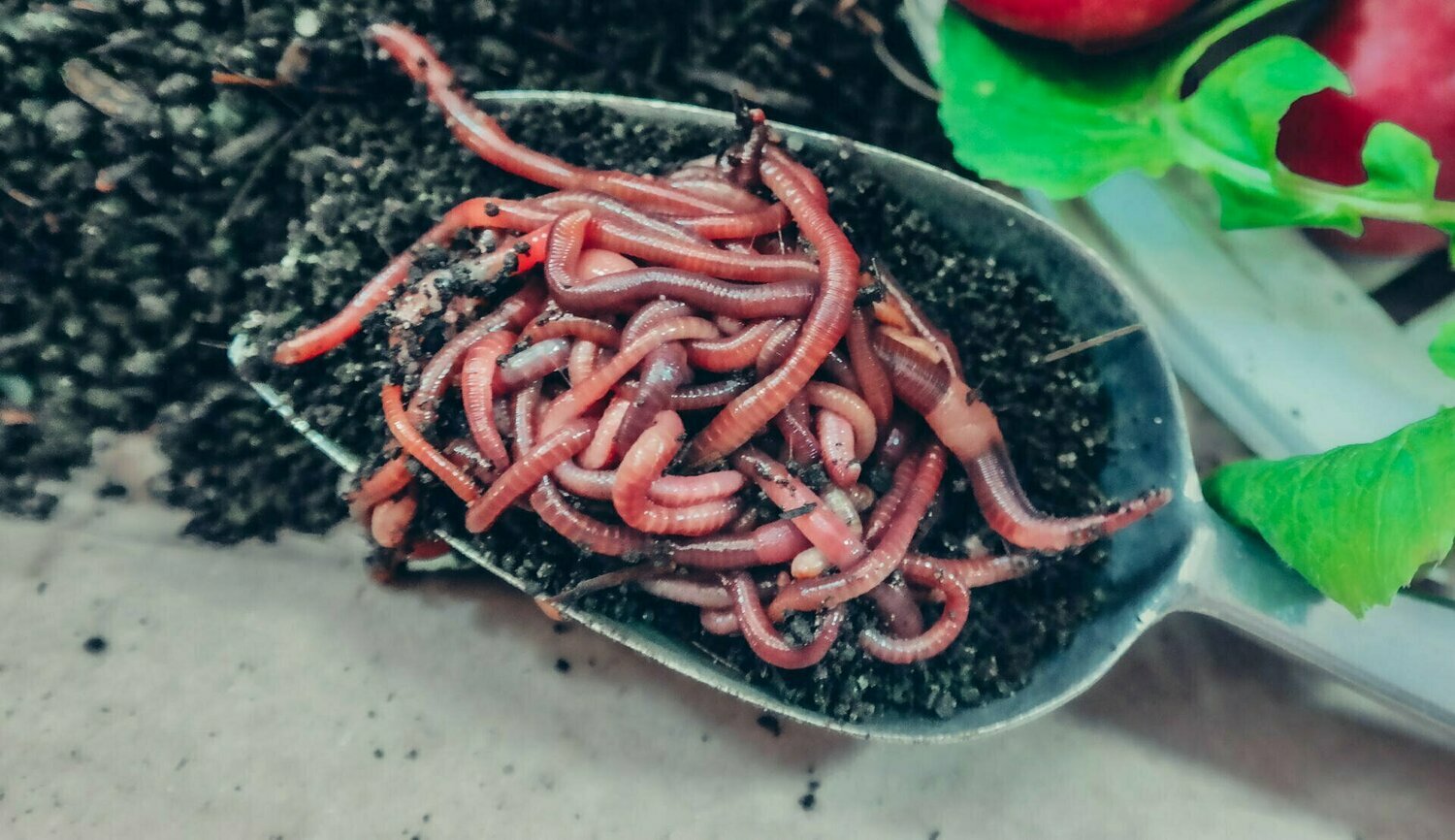Red Wigglers: Your Eco-Friendly Solution for a Greener Yard
Red wigglers, or Eisenia fetida, offer a lasting approach to enhancing garden health and wellness with vermicomposting. By integrating red wigglers right into your horticulture techniques, you can effectively handle waste while nurturing a lively environment.
What Are Red Wigglers?
Although frequently incorrect for routine earthworms, red wigglers (Eisenia fetida) are a distinct types known for their performance in composting organic issue. These worms prosper in rich, organic environments, such as compost heap and vermicomposting systems, where they play a critical function in damaging down waste. Unlike their more usual counterparts, red wigglers like a warmer habitat, commonly between 55 ° F and 77 ° F, which optimizes their activity and efficiency.
Red wigglers are identified by their reddish-brown coloration and fractional bodies, which can grow up to 4 inches in size. They possess a special ability to take in and absorb organic materials at a remarkable rate, refining approximately half their body weight daily. This fast disintegration process not only improves the soil however additionally adds to the general wellness of the yard community.
In regards to reproduction, red wigglers are prolific, with the ability of producing cocoons that contain multiple eggs. This allows for quick populace development, making them a perfect option for composting undertakings. Their adaptability and voracious hunger for natural waste placement red wigglers as an essential ally for ecologically mindful garden enthusiasts looking for lasting practices.
Benefits of Using Red Wigglers
Using red wigglers in the garden uses countless benefits that boost both dirt quality and plant health. These earthworms are extraordinary decomposers, damaging down natural issue such as kitchen area scraps and backyard waste right into nutrient-rich spreadings. These spreadings, commonly described as "worm gold," give crucial nutrients that boost dirt fertility, advertising vivid plant development.
Red wigglers additionally improve soil framework. The existence of red wigglers increases microbial task in the soil, creating a thriving ecological community that contributes to disease resistance and boosted plant health and wellness.
An additional significant advantage of using red wigglers is their capacity to decrease waste. In recap, incorporating red wigglers into horticulture practices yields significant benefits, making them a useful enhancement to any eco-conscious garden.
Exactly How to Start Vermicomposting
To begin vermicomposting, it's vital to create an ideal setting for red wigglers to prosper, as their success directly impacts the performance of the composting procedure. Begin by selecting a container, such as a plastic or wood container, with appropriate drainage and air flow. A dimension of roughly 2 square feet is perfect for a household, enabling a workable worm population.
Following, prepare bed linen material that is wet however not extremely damp. Shredded paper, cardboard, and coconut coir are exceptional choices, offering a comfy environment while likewise acting as a carbon source. Fill up the bin with 4 to 6 inches of bedding.
After developing the bed linen, present your red wigglers. A regular starting populace is about 1 extra pound of worms, which can consume roughly half a pound of food scraps daily. It is crucial to include food scraps progressively, focusing on vegetable peelings, fruit waste, and coffee premises, while staying clear of meat, dairy products, and oily foods to stop smells.
Keeping a Healthy Worm Container
As soon as your red wigglers are worked out into their brand-new bed linens, keeping a healthy and balanced worm bin comes to be vital to ensure optimum composting conditions. The main factors additional reading to keep track of include moisture, temperature level, and aeration. Ideally, the worm bin should be maintained wet yet not soaked; a moisture level around 60-70% is ideal. To accomplish this, frequently examine the bed linens and include water as required, while likewise making use of dry materials such as shredded paper to take in excess dampness.
Temperature level control is similarly vital. Red wigglers thrive in atmospheres in between 55 ° F and 77 ° F(13 ° C to 25 ° C) Stay clear of subjecting the container to severe temperatures; severe warmth can eliminate the worms, while too much cold can reduce their activity.
Aeration is critical to prevent anaerobic conditions, which can bring about unpleasant smells and harm the worms. Transform the bed linen gently every couple of weeks to promote airflow and disperse food uniformly.
Feeding your red wigglers is another essential facet. Offer a balanced diet regimen of kitchen scraps, avoiding citrus and spicy foods, which can be harmful to their health. By on a regular basis monitoring these factors, you can make certain a growing environment within your worm container.

Tips for Making Use Of Worm Castings
Consistently incorporating worm castings into your yard can dramatically boost soil health and wellness and plant growth. To effectively utilize worm spreadings, begin by identifying the appropriate application price, which usually ranges from 10-20% of the overall soil volume. This guarantees optimal nutrient schedule without overwhelming your plants.
When using worm castings, blend them into the leading few inches of dirt around well established plants or incorporate them right into your seed-starting mix for new seed startings. This practice promotes root growth and boosts wetness retention. Additionally, consider developing a worm tea by steeping worm spreadings in water for 24-48 hours. This nutrient-rich liquid can be utilized as a foliar spray or dirt drench, giving an immediate increase to your plants.

Conclusion
The utilization of red wigglers in gardening practices presents a lasting method to squander administration and soil enrichment. The combination of red wigglers right into gardening regimens eventually supports both eco-friendly equilibrium and farming productivity. red worms.
Comments on “Healthy red worms: How to start composting”